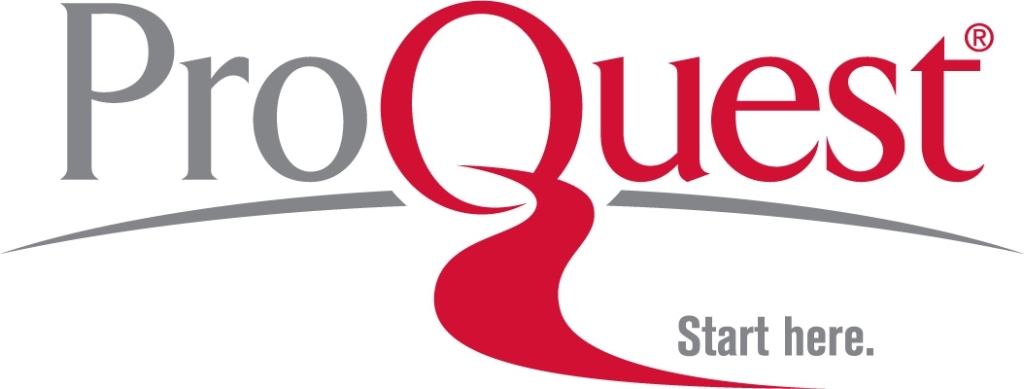THE TWIN DEFICITS IN MALAYSIA: EMPIRICAL EVIDENCE
DOI:
https://doi.org/10.51200/lbibf.v11i.1327Abstract
This study examines the twin deficits in Malaysia. The Dickey and Fuller (DF) and Phillips and Perron (PP) unit root test statistics show that all variables examined are non-stationary. The Johansen cointegration test statistics show that there is long-run relationship between external balances and its determinants includes budget balances. Moreover, increases in budget balances will lead to increases in external balances and increase in investment will lead to decreases in external balances. The results of the fully modified ordinary least squares (FMOLS) estimator demonstrate about the same conclusion of the relationship between external balances and budget balances as the conclusion of the Johansen cointegration method. Consolidated budgets will lead to healthy external balances, which are important for achieving sustainable economic growth.


















